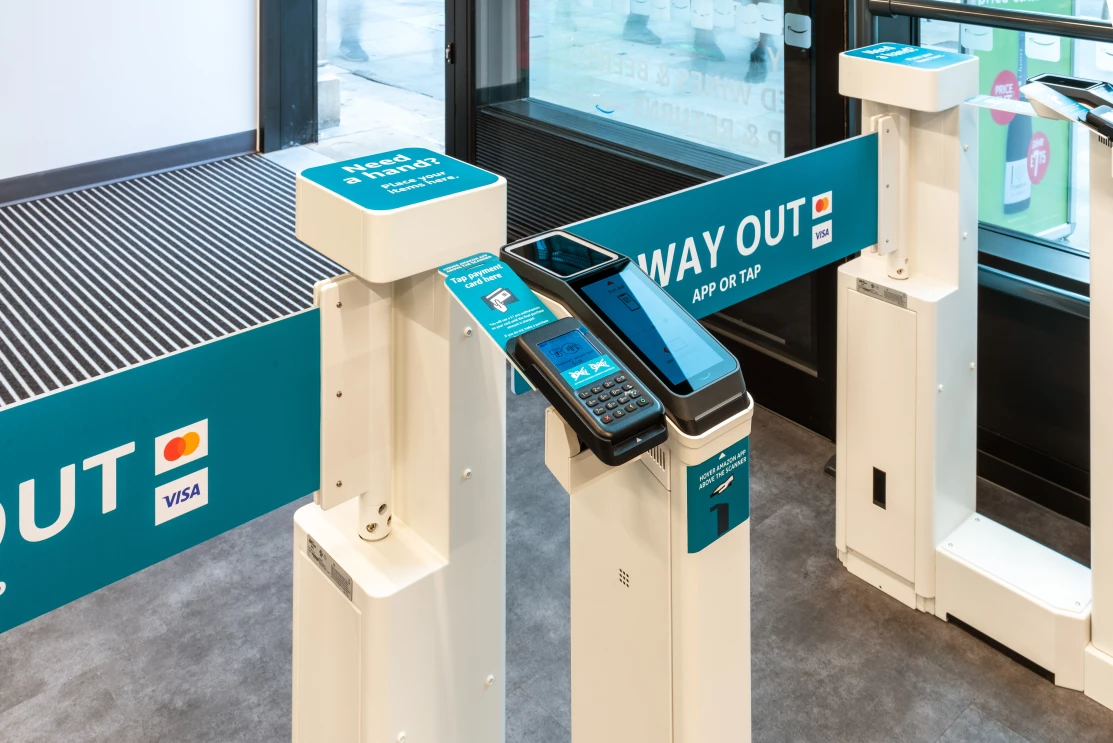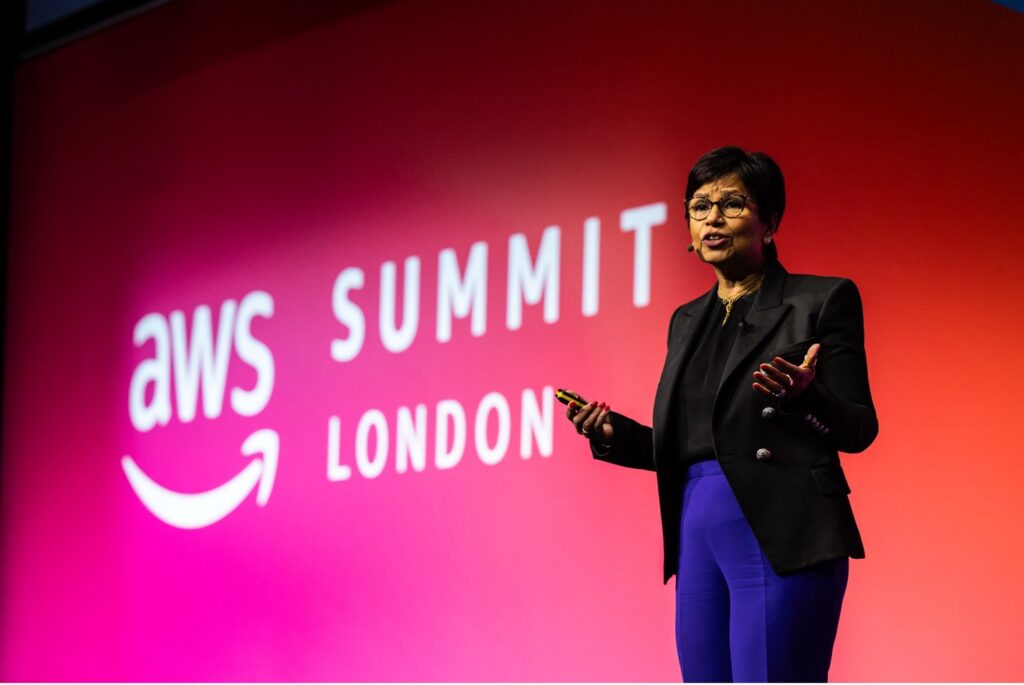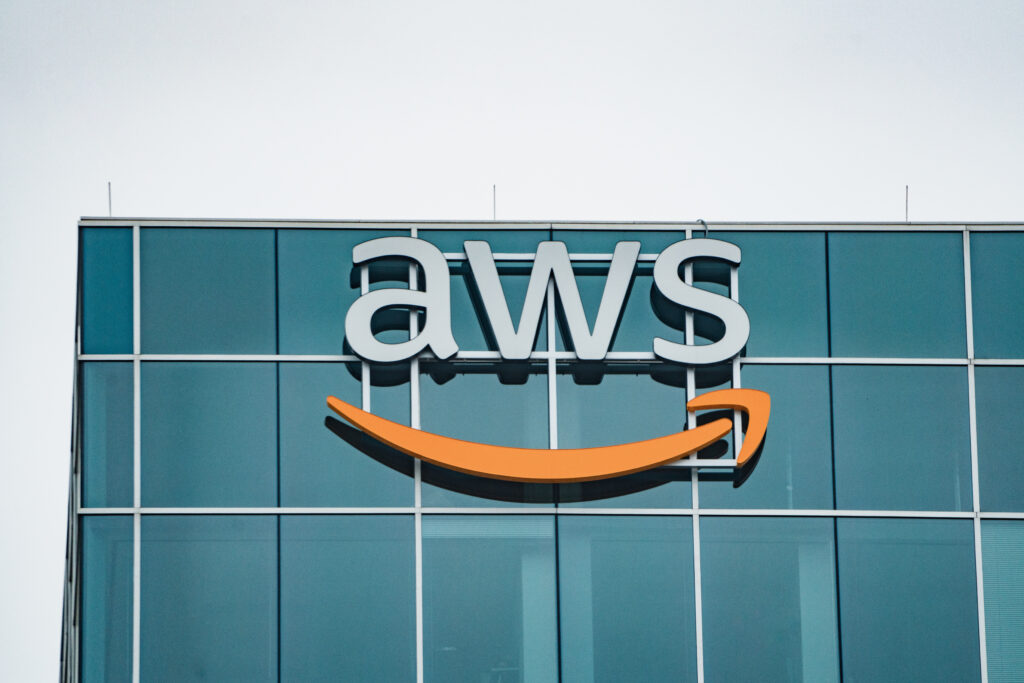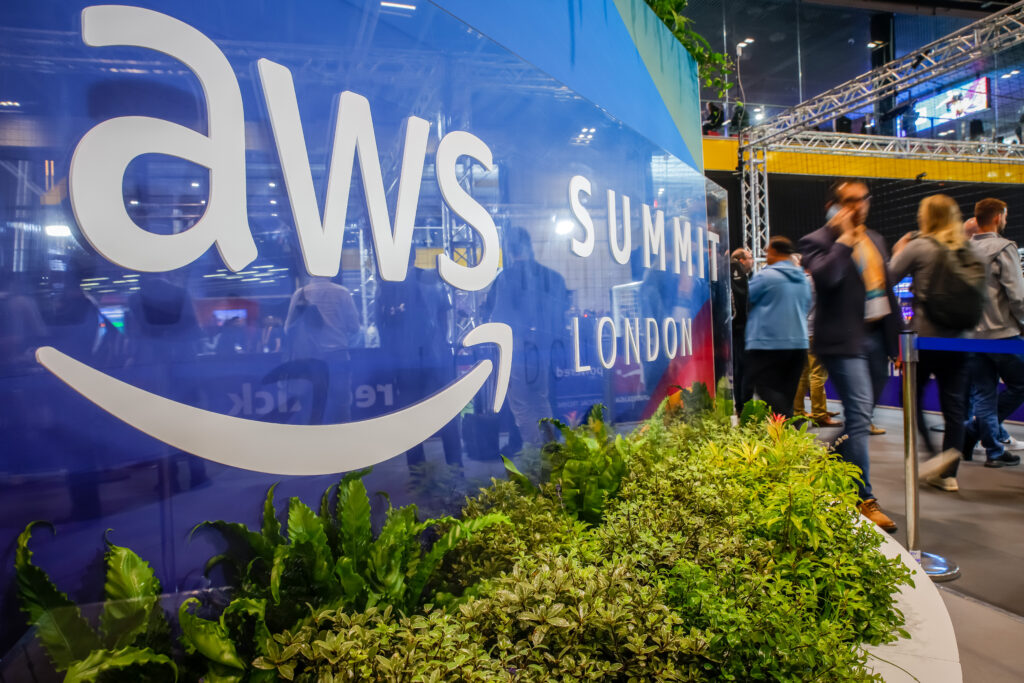Think Amazon and in-person retail and you’re likely to think of its Go and Fresh stores, where an Amazon phone app lets you shop and leave said brands without any checkout touchpoints. The experience is designed to remove friction from the customer journey, and with the Go/Fresh stores, delivers a real-world opportunity for Amazon’s already formidable retail footprint.
But for today’s retail enterprises, the real value proposition is not in what Seattle’s finest is doing for itself, per se, but in what Amazon Web Services (AWS) is offering with the company’s Just Walk Out tech. The story in a nutshell is that the future of retail is probably one where Amazon walks out, with AWS “walking in” to take its place.
This was clear to ERP Today when walking into London’s The O2 to check out a new retail offering within the behemoth arena, which opened for the first time in July. Selling soft drinks, alcohol and snacks for event attendees who’ve traversed the ticket barriers, the space requires nothing more than a tap of your contactless payment option for entry. Not being an Amazon storefront, there is no need to have an app from either the tech giant – nor The O2 – on your phone to enter and browse the store. In a practical example of the case against full automation, a clerk is on hand for age verification, with ERP Today counting two employees at work in the self-serve bar.
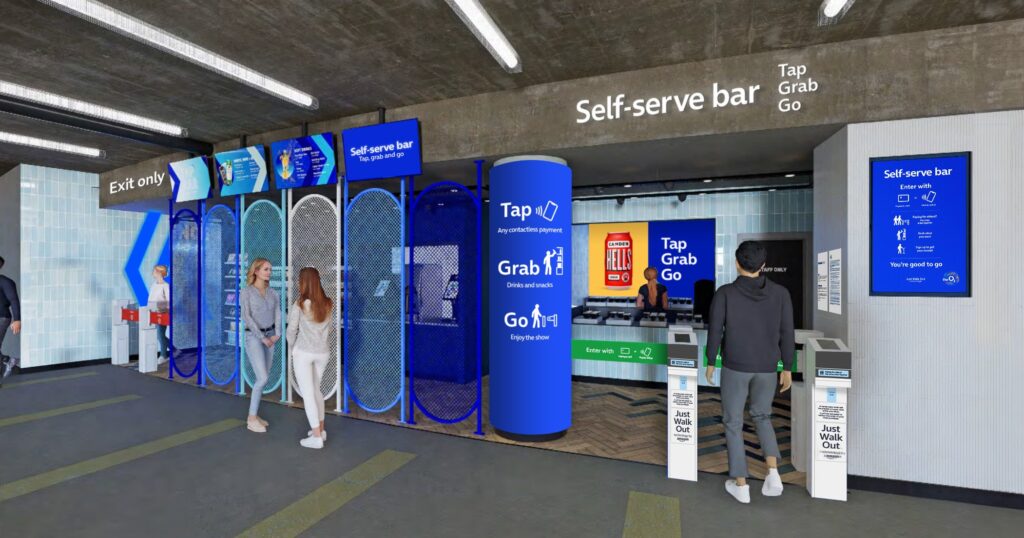
Image: The O2
The store operates in partnership with payments processor Adyen and restaurant and hospitality brand Levy, which is part of the Compass catering group. Amazon’s Just Walk Out technology can be seen in the cameras fitted around the store, which monitor activity using the AI tech of computer vision, identifying what products have been taken from the store and matching each customer to a virtual basket and payment method with a code that expires once the shopper exits.
For Adam Pearson, commercial director from The O2, the Just Walk Out solution takes away the need for customers to queue, useful considering the amount of footfall in the arena for concerts such as The Killers’ recent headlining run with Travis.
“It’s great to have 16,000 people in the arena for The Killers… but it does mean you only have a finite number of bars.
“This changes that and allows us to serve people remarkably quickly… And free up labor elsewhere in the building.”
Steve Gurney, worldwide head of retail Industry at AWS, meanwhile notes that with so many punters in one location, there is a “huge amount of data” that needs to be processed by The O2.
With AWS and its cloud, that data is collected and fed into other systems around the arena, ready to be analyzed to see “what works for difference audiences.”
“The amount of data they’re going to get from these type of stores is massive compared to a normal store,” Gurney explains. “Here they get to see how customers interact, what products they’re grabbing [plus] dwell times as well, and infer how they could improve customer service as a result of that.
“Being cloud-native, from that point of view, [usage] scales up and down. [The O2 holds] a lot of events, but like a football stadium it’s only 25-30 events a year. When [the tech] is not in use, they’re not paying out for all that technology.”
In other words – happy customers can be found all around, it seems, amongst both shoppers and vendor clients.

